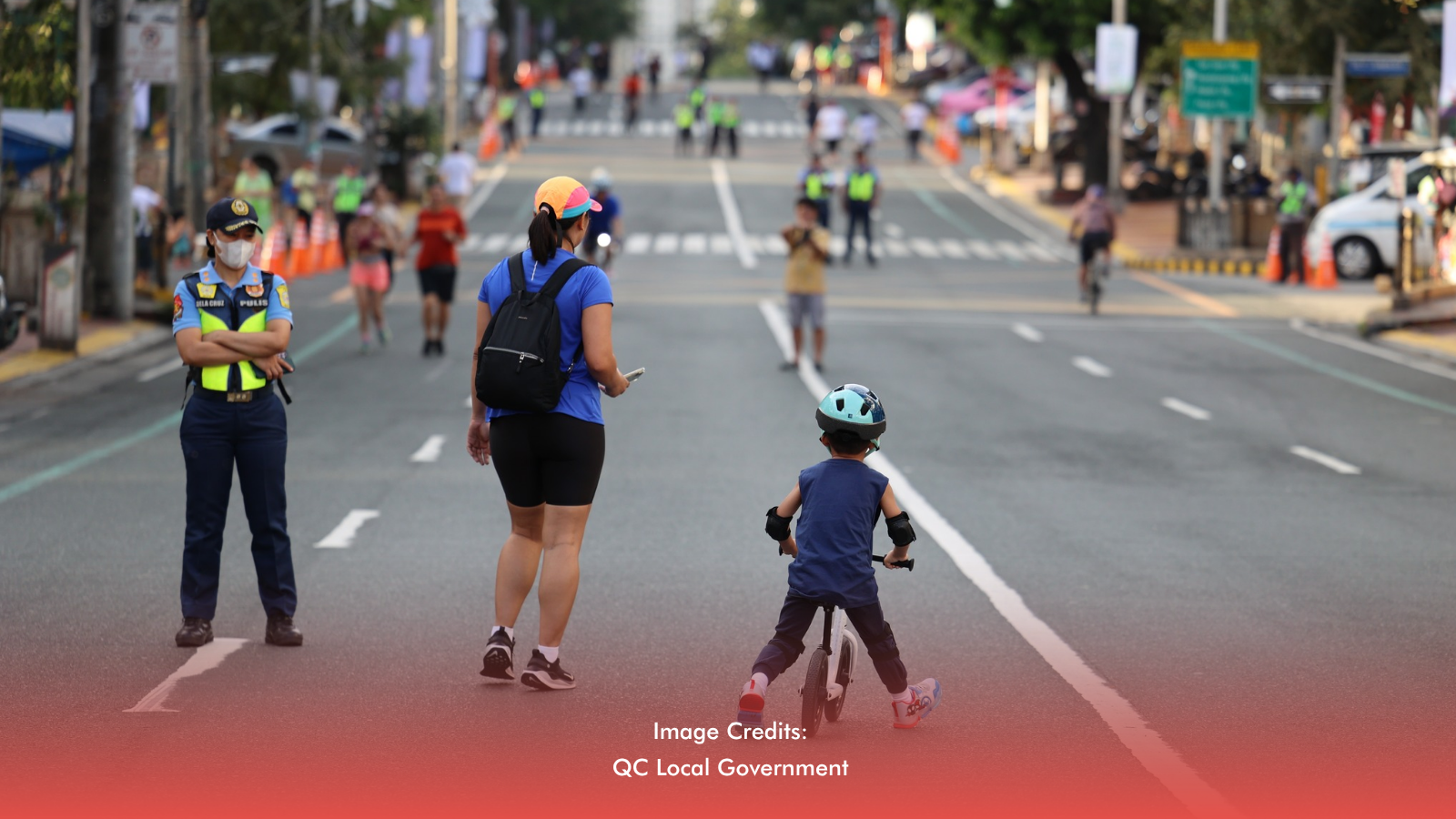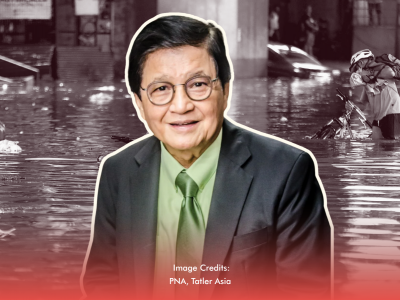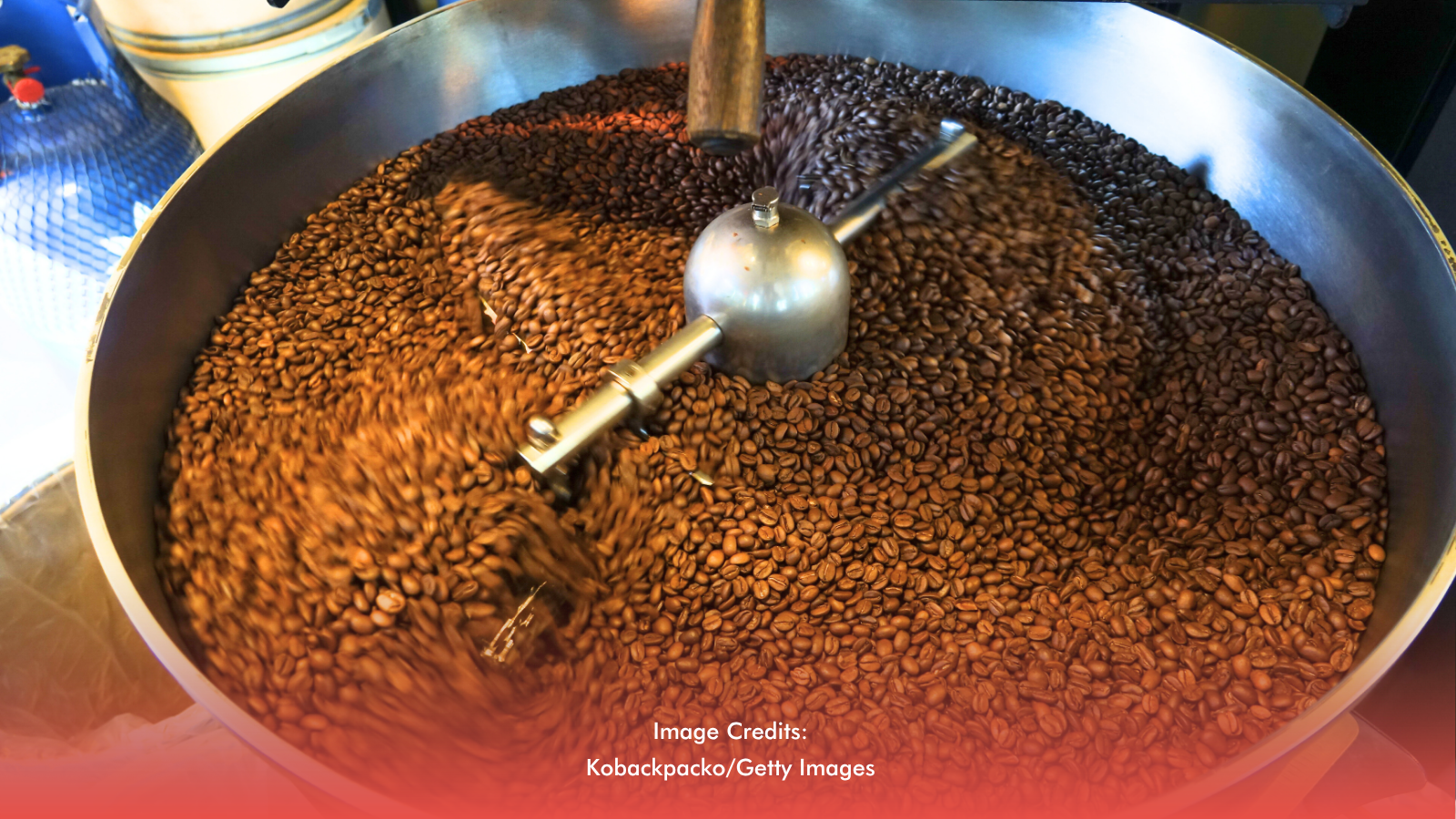What if one day a week, the streets weren’t filled with cars but with people? That’s the vision President Ferdinand “Bongbong” Marcos Jr. encouraged during his 4th State of the Nation Address, calling on more local governments to open public spaces and dedicate Sundays to physical activity. The goal is clear: get people moving, fight obesity, and make communities healthier and more connected.
In cities that have already embraced the idea, the results speak for themselves. Sunday mornings have taken on a new energy — runners in athleisure, cyclists in groups, kids on scooters, and families walking their dogs now fill spaces once dominated by traffic.
Cities Take the Lead
Makati’s Ayala Car-Free Sundays has seen numbers soar from an initial 10,000 when it launched in September 2023, to around 23,000 participants today. “Coming out of the pandemic, we saw how people craved connection,” said Ayala Land’s Misha Quimpo. “We started this to bring the community together.”
Other cities are catching on. In Quezon City, a portion of Tomas Morato is closed every Sunday from 5 a.m. to 10 a.m. The program, now six months old, draws up to 5,000 residents weekly. A local ordinance frames the effort as part of a bigger push for walkability, bike lanes, and accessible public spaces.
Meanwhile, Pasig has been ahead of the curve by turning streets car-free as early as 2011. Since then, it’s expanded the effort to at least five areas across the city.
More Than Exercise, It’s About Belonging
The streets may be cleared of vehicles, but they’re full of life. People like Merly Cruz, who lives near Tomas Morato, have made the program part of their weekly routine. “Senior na kasi kami,” she said, crediting the open roads and Zumba sessions with helping her stay active.
Even newcomers like Cara Santos see its value as she started inviting friends to join her for walks just like they used to at the carless UP Oval. Still, she noted the irony: “They drive to get here, which kind of defeats the purpose of reducing car use and pollution.”
Even so, the shift is happening. More streets are being handed back to the public, more cities are joining in, and for a few hours each week, the metro feels a little lighter, healthier, and more human.








